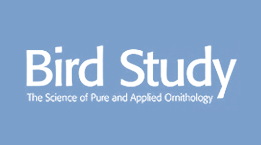Identifying factors that influence bird richness and abundance on farms
Capsule: Farmers can influence species richness and abundance of typical farmland birds positively, even on rather small farms (20–50 ha) within intensively farmed areas.
Aims: To assess the impact of farm settings, farm characteristics and heterogeneity of habitats on bird species richness and abundance, and to indicate which actions and measures farmers can take to promote farmland birds at a farm level.
Methods: Farmland bird species richness and abundance were modelled as a function of farm settings, farm characteristics and semi-natural habitats on 133 farms. The data were analysed at the farm scale, as this is the ‘operating range’ of a farmer, but also at the territory scale, which represents the range birds (mainly passerines) use during the breeding season. Additionally, effects of the farm variables on species abundance/occurrence were investigated for nine widespread species.
Results: Farmland bird species abundance (but not richness) was elevated on organic compared to non-organic farms. Farmland bird species richness and abundance increased with decreasing mean field size. Crop diversity had positive effects on five species at the territory scale. Several semi-natural habitats, especially hedgerows, were associated with higher bird species richness and abundance at both farm and territory scales. Settlement revealed rather negative effects at the farm scale, but several positive relations at the territory scale.
Conclusion: Birds, especially passerines, are restricted to a small area during the breeding season, and so even small farms can contribute to their protection by growing diverse crops, reducing field size and managing a diversity of semi-natural, uncropped habitats. These measures should ideally be accessible within the relatively small scale of a bird territory.


